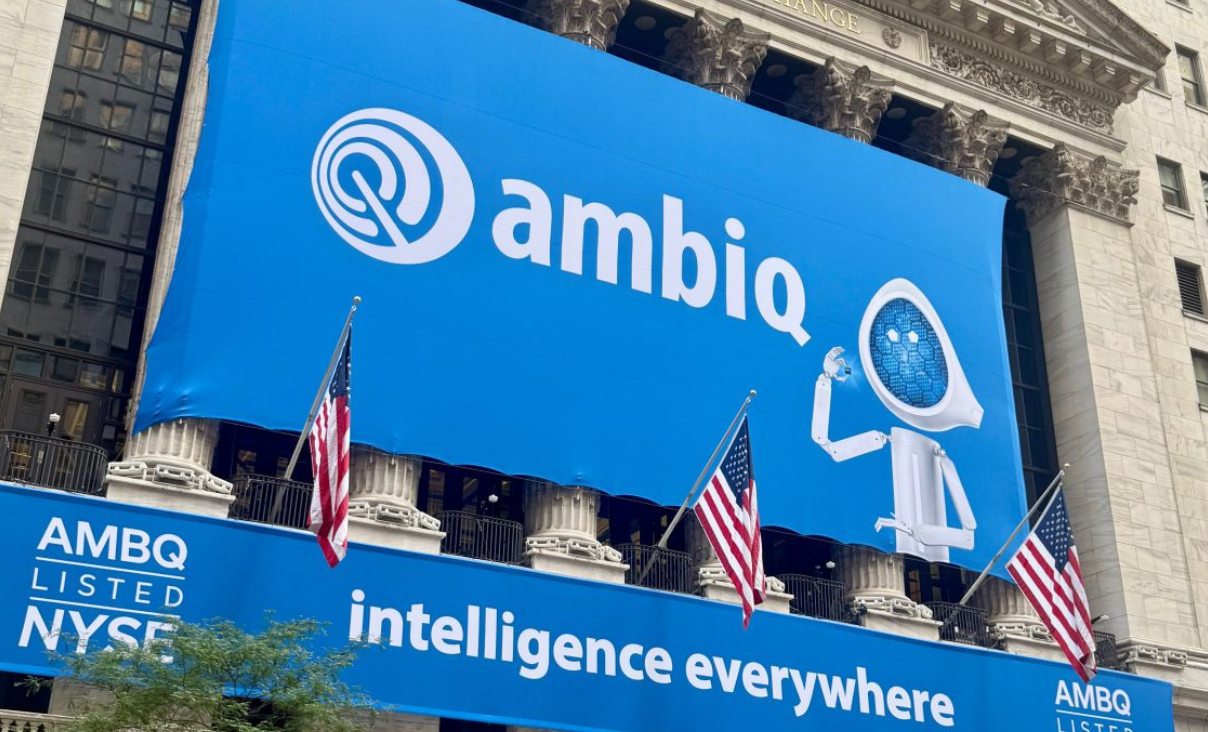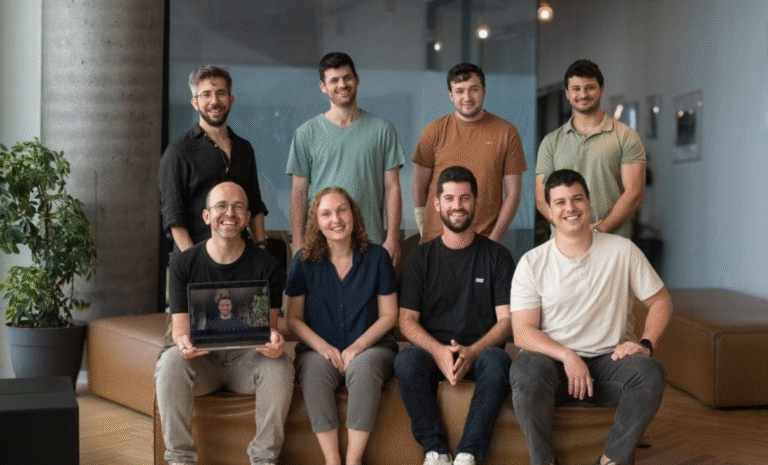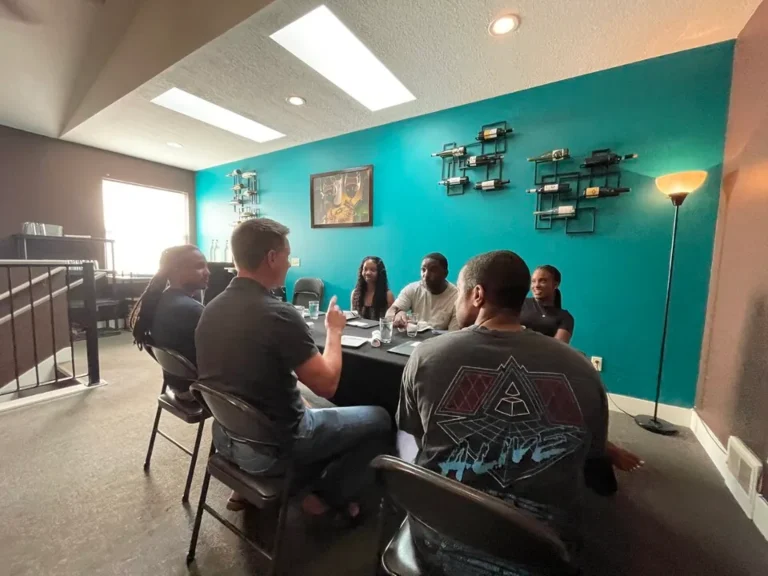15 Years in the Making: Lessons from Ambiq Micro’s Journey to the NYSE
By: Tim Streit
In 2010, while at Huron River Ventures (my first fund), my partner Ryan Waddington and I decided to back a small Austin-based startup with a bold vision: to build the world’s most energy‑efficient microcontroller.
At the time, it felt like a long shot. Ambiq was tackling deep technical challenges in semiconductor design — an industry dominated by giants. At the time, Ambiq was still being developed at the University of Michigan, and the early team was a combination of researchers, mentors, and students! But the potential was massive. If they could deliver, Ambiq’s technology could power a new generation of battery‑powered devices and unlock applications that didn’t yet exist.
This week, 15 years later, Ambiq Micro went public on the New York Stock Exchange! It’s been a long road — one that taught me valuable lessons about what it truly takes to build something big.
Lesson 1: Patience — It Took 15 Years
In a world where startup success stories are often told in 3–5 year arcs, Ambiq’s story is a reminder that transformational companies take time.
From the very beginning, Ambiq had to overcome long development cycles, deep R&D hurdles, and rigorous customer adoption timelines. Hardware and deep tech aren’t sprints; they’re marathons. Kudos to Ambiq founder and CTO Scott Hanson, CEO Humi Esaka, and the entire team for your hard work all these years!
As I’ve said before, grit isn’t just about pushing hard — it’s about staying committed when the payoff is years (or even decades) away. Patience doesn’t mean waiting quietly — it means staying engaged, supporting the team, solving problems, and believing in the mission for the long haul.
Lesson 2: Building Something Big Takes Courage, Time, and Capital
From day one, Ambiq set out to change the game. That takes courage — the courage to aim for a massive vision, knowing it will require more time, resources, and persistence than most investors or founders expect.
It also takes capital — and the right investors who believe in the mission through market cycles and challenges. Ambiq raised hundreds of millions of dollars over its journey, from seed through growth rounds, because the scale of the opportunity demanded it.
And it took time — years of perfecting the technology, winning over major customers, and scaling manufacturing — before the payoff became visible.
After closing Fund II in 2023, I reflected on many of the same lessons I’ve seen in Ambiq’s journey: the importance of patience, belief, and enduring through long cycles. In Starting Stage 2 and Reflecting on the Journey, I wrote about how building something meaningful requires not just vision, but the willingness to navigate uncertainty and stay the course—values that have clearly shaped Ambiq’s path.
Lesson 3: Perseverance
Ambiq’s path wasn’t a straight line. There were moments when the easier choice would have been to quit. Technical hurdles. Shifting market conditions. Fundraising headwinds.
But the founders, leadership team, and board stayed committed. They adapted when needed, pivoted when markets shifted, but never lost sight of the core mission.
If you’re a founder and want some advice for the long haul, you might want to check out my blog “‘Grand Lessons’ for Early Stage Founders”.
Why This Matters for Founders and Investors
For founders: If you’re building something truly transformative, it will take longer, cost more, and test you more deeply than you imagine. But if you have the patience, courage, and perseverance to see it through, the impact can be extraordinary.
For investors: Be the partner who stays in the boat when the seas get rough. Capital is important, but belief, encouragement, and steadfast support matter just as much.
Closing Thoughts
Ambiq’s IPO is a milestone worth celebrating — not just for the company, but for everyone who believed in the mission from the start. I’m grateful to have been part of the journey and to have learned lessons I carry with me into every investment I make today at Grand Ventures.
If you’re a founder in the middle of your own “15‑year overnight success,” keep going. The world needs your vision.






